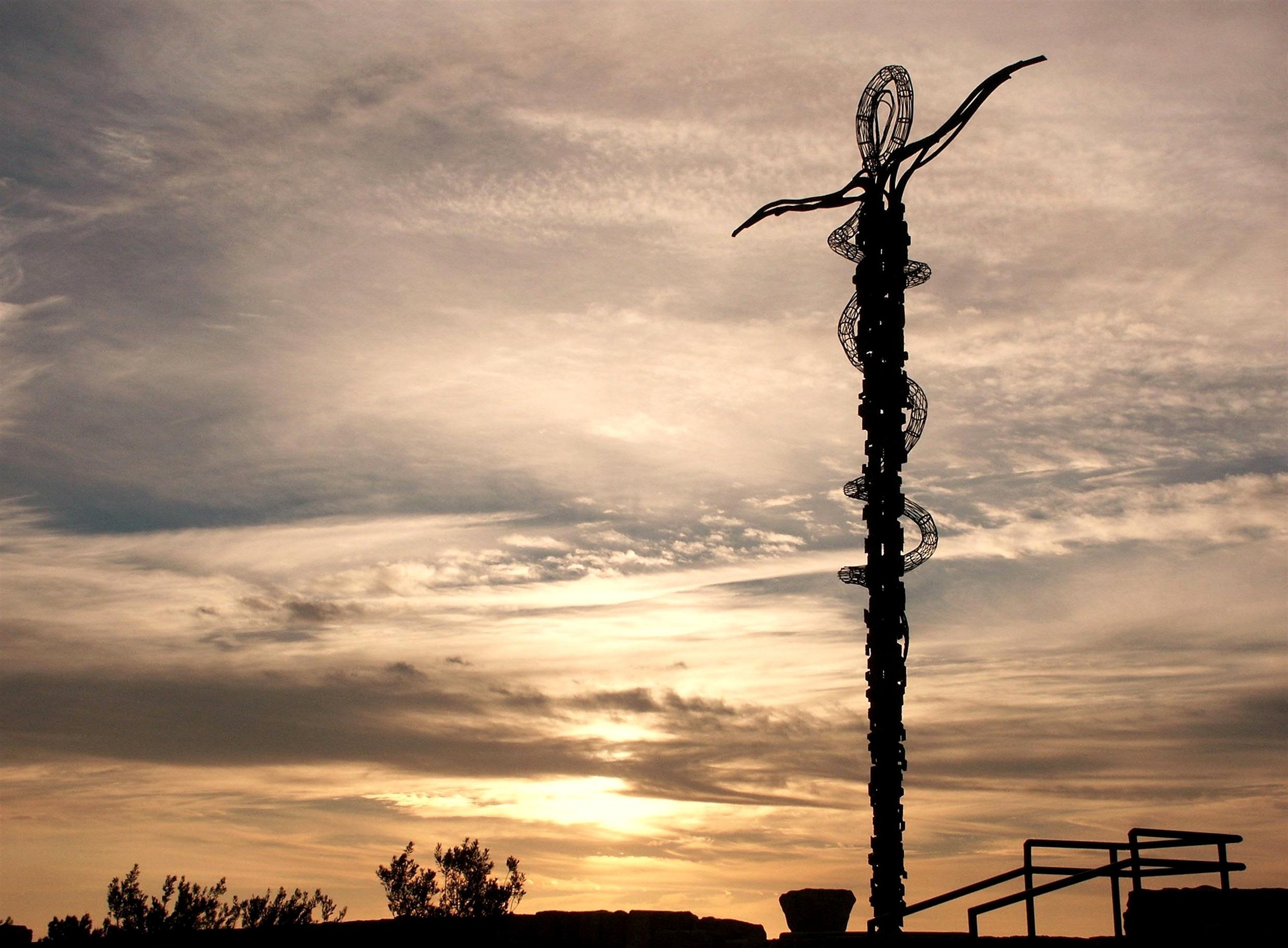
Reflection
The story of the cross is the story of our salvation. Christ saved us by showing us the face of the Father through his incarnation; this salvation reached its fulfilment in Jesus’ death and resurrection.
The first reading tells us of God who remembers his people in exile and sends Cyrus, a gentile, king of Persia, to save his people and allow them to return to their land and rebuild their temple, giving start to the ‘second temple period’ in Jewish history.
In the Old Testament it was believed that salvation was acquired through obedience to the Law. In his letter to the Ephesian Church, Paul reminds the early Christian Church that salvation is a grace, totally and freely given by God to his people. Nothing anyone can do will acquire him or her salvation, firstly because it has already been fully achieved by Christ, and secondly because it is impossible for anyone to save him or herself.
The gospel of John also returns to this theme. The moment of glory is when Christ is lifted up on the cross for everyone to look at and worship. Just like the bronze serpent in the desert became a symbol of salvation, so, also for us, the crucified Christ is the symbol of our salvation. The cross, Jesus’ passion death and resurrection, is an integral part of a truly Christian spirituality.
Further Reading.
One cannot speak of a truly Christocentric spirituality without a reference to the cross as the path to new life. De Piro calls the cross, “the most powerful weapon against one’s enemies.” In line with Pauline theology he knew that the message of the missionary is “Christ and Christ crucified… power of God and the Wisdom of God” (1Co 1:23). Here lies the challenge to follow Christ. De Piro’s faith challenged him to see the cross as a sign of God’s presence. He held that:
“To find his cross the Christian, does not need … to undertake long journeys and strain himself. What he has to find is not a material cross, but a spiritual one, which lies around him and behind him in such a way that if he were to flee from it or avoid it, he would not succeed.”
Hans Kung says that, “Faith is challenged to see the cross as a sign of God’s presence in God’s very absence, as a sign of life through death. The following of Christ does not imply simply imitation. It means to act in a way analogous to and correlative with Christ’s way of acting … the message of Jesus Christ must always be translated” (Hans Kung, Mission Trends, v 1, New York: Paulist Press, 1974, p. 107). De Piro, through his union with the Lord, was able to accept in faith the cross in his life. He was convinced of the Lord’s love: “Who will separate me from the love of God?” Even when caught in the web of meaninglessness and suffering De Piro never lost hope in the Lord.
This process of being one with Christ in his suffering meant for him absolute dependency on God. The cross of the Lord meant for him a deep conviction that in his insecurity, anxiety, darkness, loneliness and failure, God was always there for him and with him. This attitude of trust is at its best when De Piro faced the death of some family members. He was well able to unite his humanity with his spirituality: “It is natural for us to weep when our heart is breaking with sorrow, but when God permits that we should suffer, this very grief becomes our treasure.”
The cross made it possible for De Piro to see meaning in very difficult situations, to hope against all hope and to trust in his dreams and his call: “I thank God for visiting us, in the midst of our rejoicing, with some setbacks. After all, He is quite capable of using this mishap for the good of the work that is coming to life.” In the words of Hans Kung, the virtue of hope inspired by the crucified Christ made him able, not only to act, but also to suffer, not merely to live, but also to die (cf. Hans Kung, Mission Trends, v 1, New York: Paulist Press, 1974, pp. 107).
(Martin Cilia mssp, Found Among Sinners, (Malta: MSSP, 2010), pp. 128-130.)